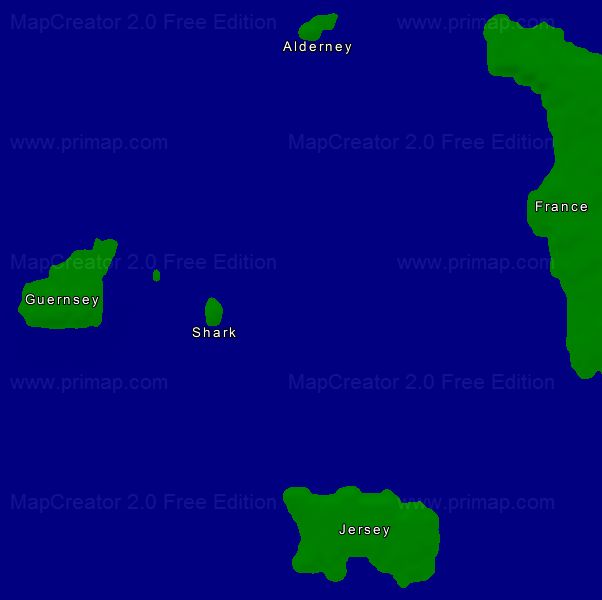World War II
The islands were the only part of the British Commonwealth occupied by Germany during the Second World War. The German occupation of 1940-45 was harsh: over 2,000 Islanders were deported by the Germans, Jews sent to concentration camps; partisan resistance and retribution; accusations of collaboration; and slave labour (primarily Russians and eastern Europeans) brought to the islands to build fortifications, with 65,718 landmines laid in Jersey alone.
The British government demilitarised the islands in June 1940 and the Lieutenant-Governors were withdrawn on 21 June, leaving the insular administrations to continue government as best they could under impending military occupation.
Before German troops landed 30 June-4 July 1940, evacuation took place (many young men had already left to join the Allied forces): 6,600 left Jersey (out of 50,000); 17,000 left Guernsey (out of 42,000); the population of Sark remained overwhelmingly; but in Alderney, the entire population, save for six persons, left. In Alderney, the occupying Germans built four concentration camps in which over 700 people died (out of a total inmate population of about 6,000). Due to the destruction of documents, it is impossible to state how many forced workers died in the other islands. These were the only Nazi concentration camps on British soil.


